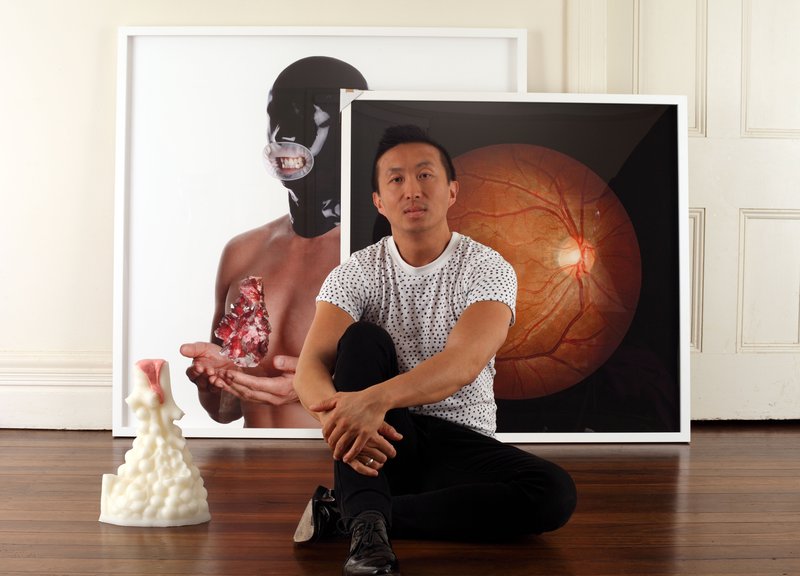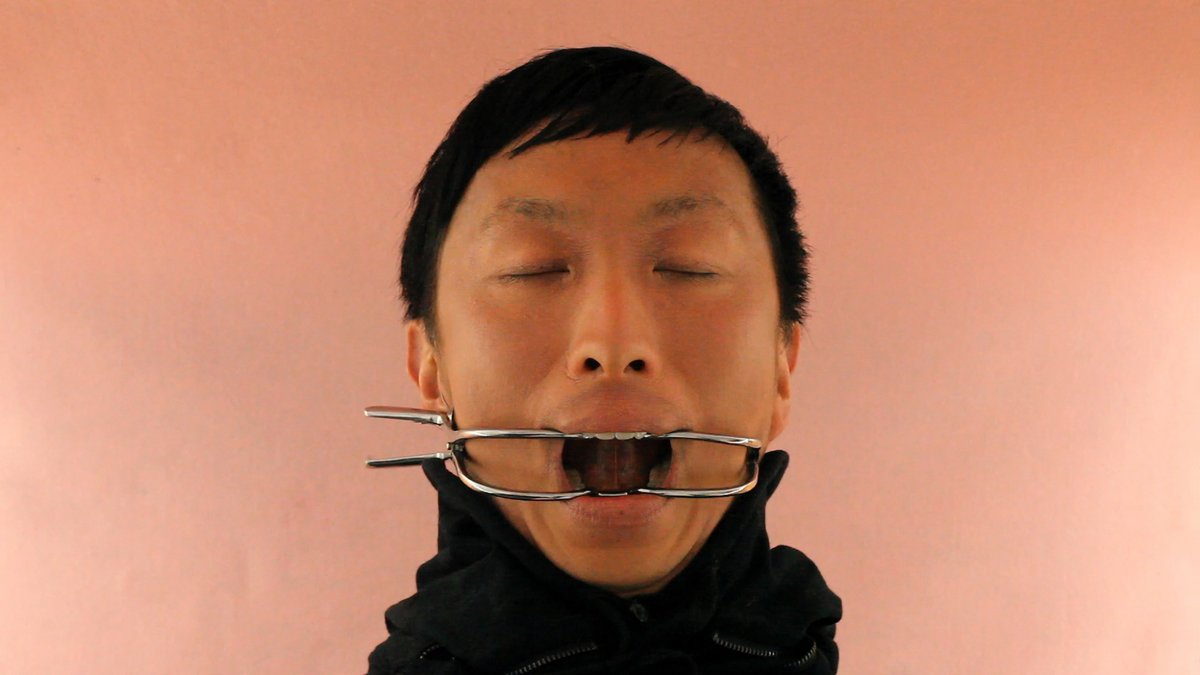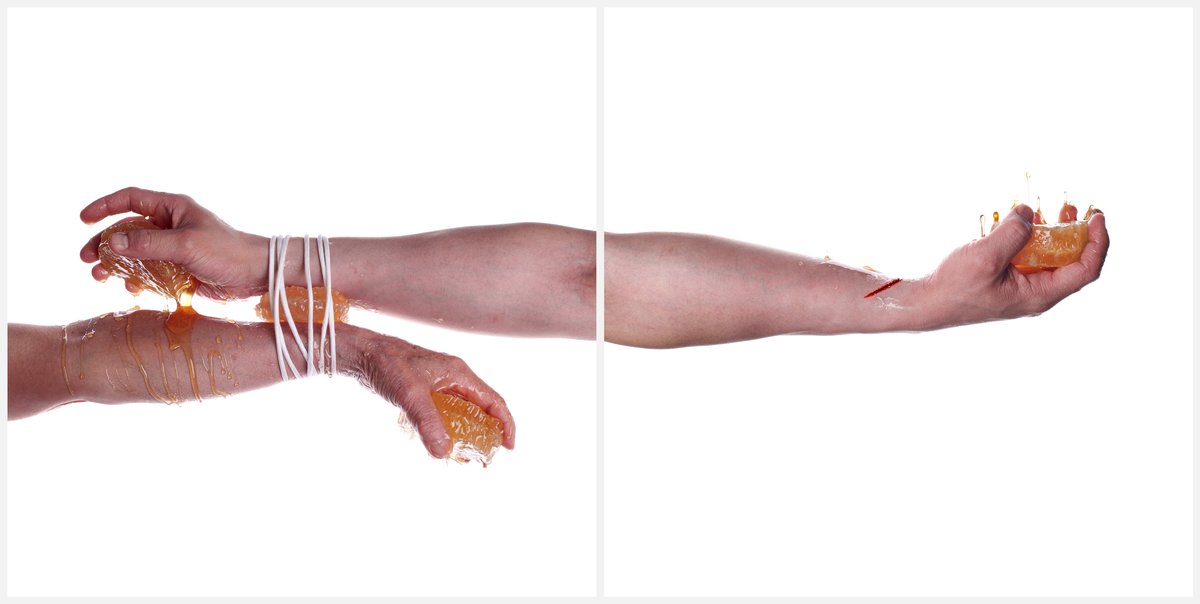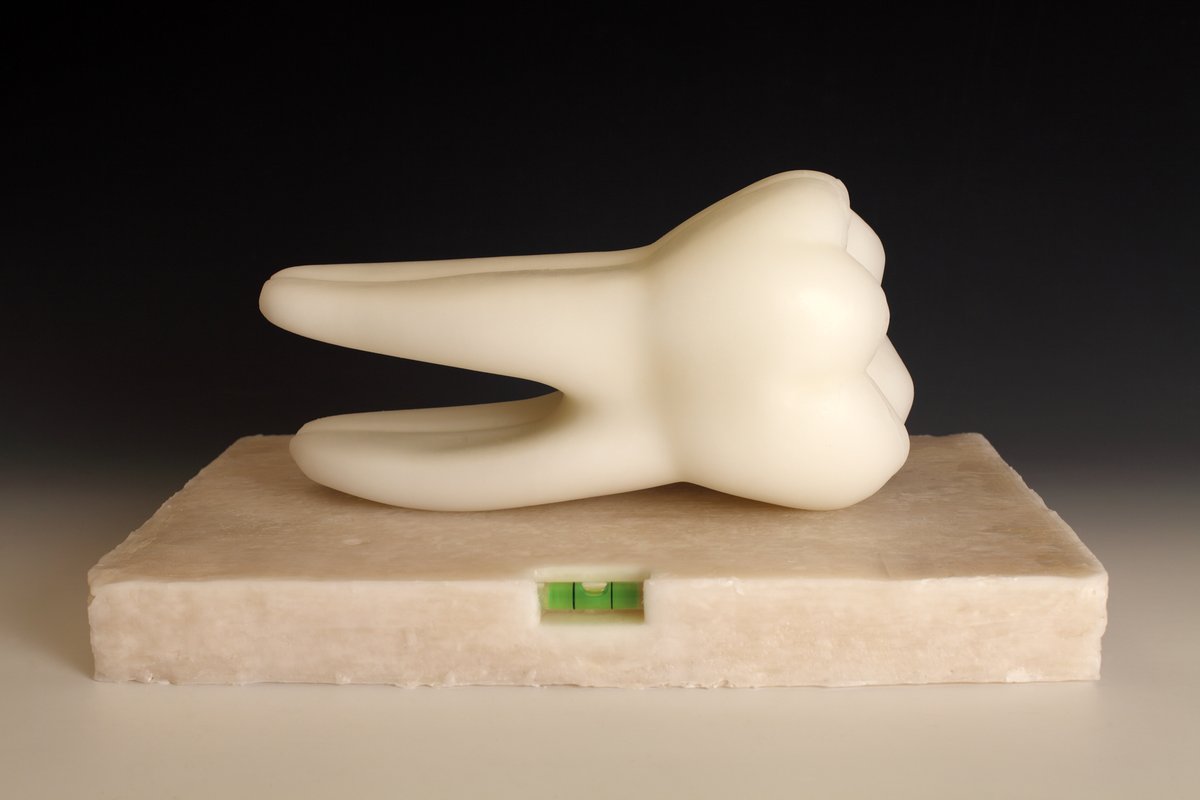Artist Interview with Owen Leong
Owen Leong is a contemporary artist who explores the body as a physical site of exchange for social, cultural and political forces. Owen talks to NAVA about his career path and the steps taken to get there.
Owen Leong is a contemporary artist who explores the body as a physical site of exchange for social, cultural and political forces. Owen talks to NAVA about his career path and the steps taken to get there.

Image credit: Amadeo Marquez-Perez
What support have you received throughout your career?
I've received support for my art career from a range of sources including Government, philanthropic organisations, non-profit arts organisations, museums, and universities.
Early in my career, I received an Australian Postgraduate Award. This was encouraging because it reassured me I was on the right path with my research and art practice. It had a huge impact on my work as it nurtured a much deeper engagement between my academic research and studio-based practice.
I've received several grants from the Australia Council for the Arts, the Australian Government's arts funding and advisory body. These grants were vital in supporting me to produce ambitious new work for major exhibition projects. The support of the Australia Council also allowed me to recognise the value of my practice alongside my peers on a national level.
I've been awarded artist residencies in Australia and overseas. Residencies are an important part of my practice as an artist. A residency provides focused time and space to think and create. One of my favourite residencies was the Asialink Residency at Tokyo Wonder Site, Japan. I value the experience of complete immersion in other cultures. This feeds back into my artistic practice in the most incredible ways, often resurfacing in my work much later.
I've also received support through contemporary art awards. In addition to winning prize money, being selected for major prizes and awards means greater exposure for my work in new contexts. This year I'm the only Australian to be shortlisted as one of 15 finalists in the Asia Pacific Breweries Foundation Signature Art Prize 2014 at the Singapore Art Museum. I'm really excited about this international opportunity, and to be in the company of some of my favourite artists from the Asia-Pacific region is a huge honour.
It's important to prioritise your art. Make the time and space for your art practice, while balancing all of life's other responsibilities. I find this is a constant challenge and I'm always learning how to best manage my time and resources to stay organised. The best thing is that it gets easier with practice.
Don't underestimate the administration that's involved with being an artist. Writing proposals, grant applications, project management, tax, marketing, sourcing materials, getting quotes from suppliers, record keeping… all of this sometimes before I even step foot in the studio!
Professional practice is an important skill to acquire. Stay informed of the arts industry and best practice. Know the value of your intellectual property, art, and skills. Recognise that the skills you've acquired as an artist have a value and ensure others respect the value of your experience, knowledge and expertise.

Owen Leong. Infinite Love, 2011, HD video, 6:18 minutes, edition of 5 + 2 AP. Courtesy of the artist and Dianne Tanzer Gallery + Projects, Melbourne.
Personally, I found studying art at university gave me a strong foundation to pursue a career as a professional artist. A tertiary education allows you to master your chosen artform and to discover new disciplines. This may not be the right support system for every artist, but for me undertaking undergraduate and postgraduate studies in art taught me essential research skills, practical skills, and people skills.
Art school gave me a strong base in art theory that forms the foundation of my studio practice. I also learned rigorous critical processes in conceptualising, creating, and talking about my work. Study gave me the space and time to nurture my art practice in a supportive learning environment, where I was constantly challenged by my peers and lecturers to keep pushing myself. It also provided me with opportunities to experiment, play, and explore the boundaries of my creative interests, which ultimately strengthened my artistic practice.
Find the institution that's right for you. Visit the art school, look at the facilities, speak with existing students and teachers, do your homework before committing to one. You will be spending a lot of time there!
Find the supervisor that's right for you. In an ideal situation, your supervisor is a mentor to help guide you on the right path of knowledge, research and studio practice.
Once you arrive at art school make the most of your research experience and all the learning opportunities that are available to you. Be curious, have an adventurous spirit, take an extra theory course or challenge yourself to pick up a practical skill that will force you to think in new and exciting ways about art.

Owen Leong. Bloodline (diptych), 2013, archival pigment print on cotton paper (two panels), 100 x 200cm, edition of 5 + 2 AP. Courtesy of the artist and Dianne Tanzer Gallery + Projects, Melbourne.
I think art is one of the most important ways we can create, comment on, and engage with culture. A community can express shared values, ideals, and common goals through art.
I belong to a national community of Asian‐Australian artists, writers, performance makers, poets and activists. We actively engage with contemporary arts, culture and politics in Australia. For 6 years I was the Visual Arts Editor of Peril, an online journal of Asian-Australian arts and culture. My involvement with Peril emerged from my passion for cultural diversity in the arts. Peril's mission is to empower the creativity, agency and representation of culturally diverse people in arts, society and culture.
I'm also an active member of the academic arts community, which I find challenging, stimulating and rewarding. Being part of this community allows me to engage in national and international conversations about art and its place in the world. Last year I participated in a New York University Global Arts Exchange at the Australian National University, Canberra, where I was invited to speak at a roundtable discussion with my peers.
It's absolutely vital to stay connected with your peers in the arts industry. Together you form a community with which you can create, discuss, support, share and experience art. Keep yourself informed and be aware of what's happening in your arts industry. Become a member of organisations like NAVA to stay in the loop with the most up to date information, sign up to newsletters from your favourite galleries and arts organisations, visit as many exhibitions as you can to see what work is being made by your peers right at this moment.
As artists we often make our work in isolation, but it's important stay connected and be part of a community of artists to know your own special place in the arts ecology.

Owen Leong. Infiltrator: Bone, 2011, cosmetic grade bleached beeswax, paraffin wax, spirit level, rice. 17 x 35 x 25cm, edition of 3 + 1 AP. Courtesy of the artist and Dianne Tanzer Gallery + Projects, Melbourne.